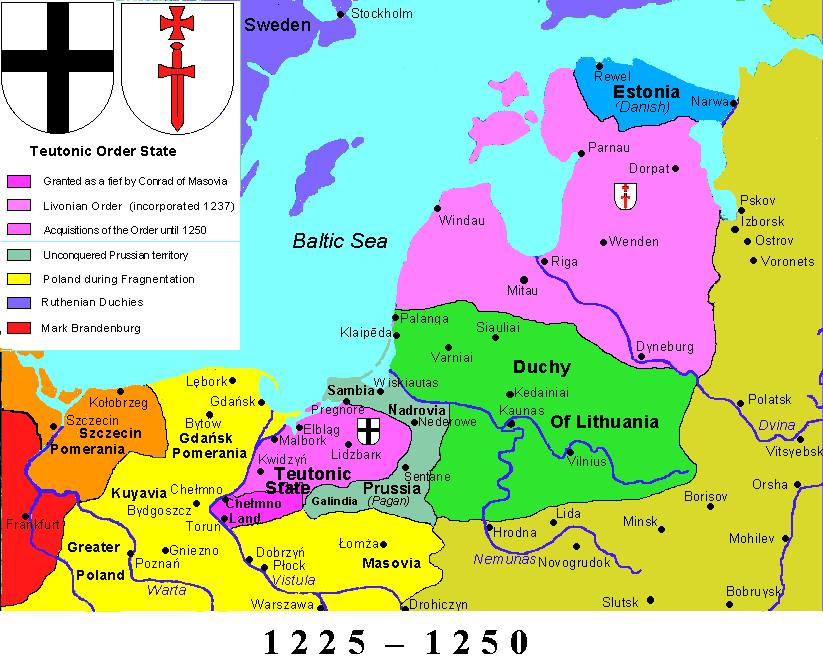Nurmekund on:
[Wikipedia]
[Google]
[Amazon]
Nurmekund (



Kuidas elasid inimesed vanasti, möödunud sajandil ja praegu (Estonian)
9. - 13. saj.pärinevad Eesti aardeleiud (Estonian)
* ttp://www.poltsamaa.ee/index.php?main_id=72,1576,1580 Põltsamaa linnus (Estonian) Ancient counties of Estonia {{Estonia-hist-stub
Low German
Low German is a West Germanic languages, West Germanic language variety, language spoken mainly in Northern Germany and the northeastern Netherlands. The dialect of Plautdietsch is also spoken in the Russian Mennonite diaspora worldwide. "Low" ...
: ''Nurmegunde'') was a small independent
Independent or Independents may refer to:
Arts, entertainment, and media Artist groups
* Independents (artist group), a group of modernist painters based in Pennsylvania, United States
* Independentes (English: Independents), a Portuguese artist ...
country (ancient Estonian county) on the north coast of Lake Võrtsjärv in Central Estonia
Estonia, officially the Republic of Estonia, is a country in Northern Europe. It is bordered to the north by the Gulf of Finland across from Finland, to the west by the Baltic Sea across from Sweden, to the south by Latvia, and to the east by Ru ...
, bordered by Sakala, Alempois, Järvamaa, Mõhu, and Ugandi
Ugandi (Latin: ''Ungannia'' or ''Ugaunia''; ; Low German: ''Uggn'') was an Independence, independent county between the east coast of Lake Võrtsjärv and west coast of Lake Pskov, bordered by Vaiga, Mõhu, Nurmekund, Sackalia, Sakala, Tālava ...
. Nurmekund had an area of approximately 600 hides.



See also
*History of Estonia
The history of Estonia forms a part of the history of Europe. Human settlement in what is now Estonia became possible 13,000–11,000 years ago, after the ice from the last Ice age, glacial era had melted, and signs of the first permanent popula ...
* Imavere
* Kabala
* Kolga-Jaani
Kolga-Jaani () is a Populated places in Estonia, small borough () in Viljandi Parish, Viljandi County, central Estonia. Prior to the administrative reform of Estonian local governments in 2017, it was the administrative centre of Kolga-Jaani Pari ...
* Kõo
* Livonian Crusade
The Livonian crusade consists of the various military Crusade, Christianisation campaigns in medieval Livonia – modern Latvia and Estonia – during the Pope, Papal-sanctioned Northern Crusades in the 12th–13th century.
Overview Historic ...
* Monastic state of the Teutonic Knights
The State of the Teutonic Order () was a theocratic state located along the southeastern shore of the Baltic Sea in northern Europe. It was formed by the knights of the Teutonic Order during the early 13th century Northern Crusades in the region ...
* Pilistvere
* Põltsamaa
Põltsamaa is a town in Põltsamaa Parish, Jõgeva County, in central Estonia. The town stands on the Põltsamaa River, and it features a Põltsamaa Castle, 13th-century castle.
History
During the German occupation in World War II, a subcamp of ...
* Rulers of Estonia
* Võhma
Võhma is a List of cities and towns in Estonia, town in Põhja-Sakala Parish, Viljandi County, central Estonia.
History
The settlement dates to the sixteenth century. The German-language name of the town was Wöchma. It began to grow when a ra ...
References
External links
Kuidas elasid inimesed vanasti, möödunud sajandil ja praegu (Estonian)
9. - 13. saj.pärinevad Eesti aardeleiud (Estonian)
* ttp://www.poltsamaa.ee/index.php?main_id=72,1576,1580 Põltsamaa linnus (Estonian) Ancient counties of Estonia {{Estonia-hist-stub